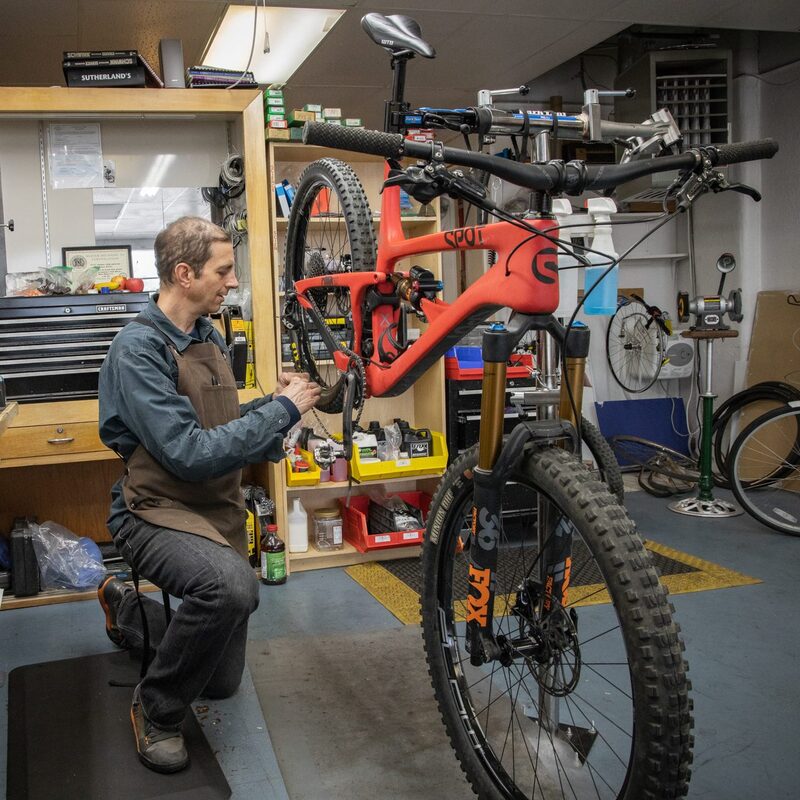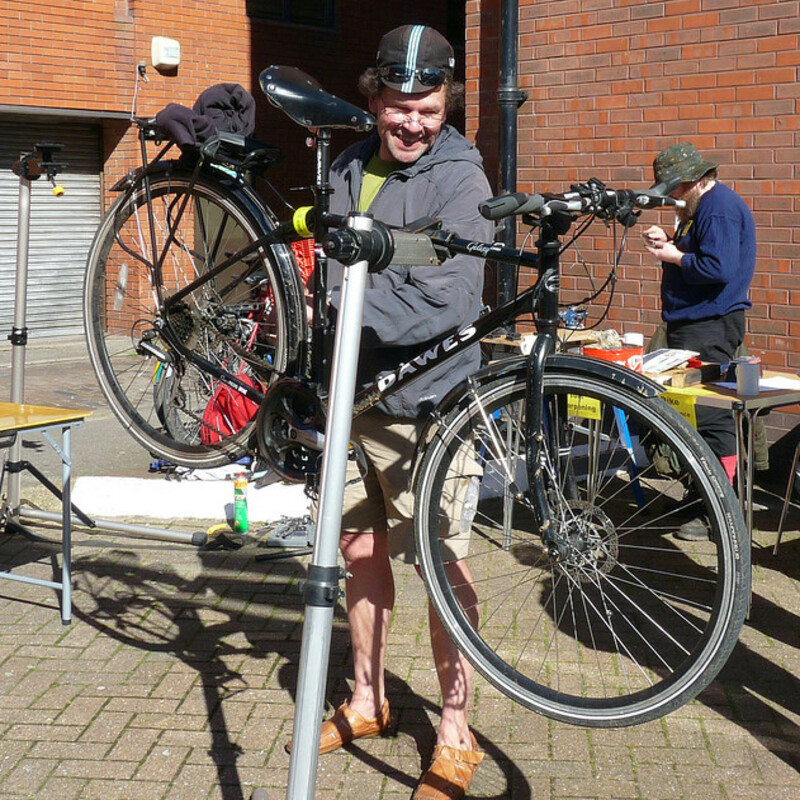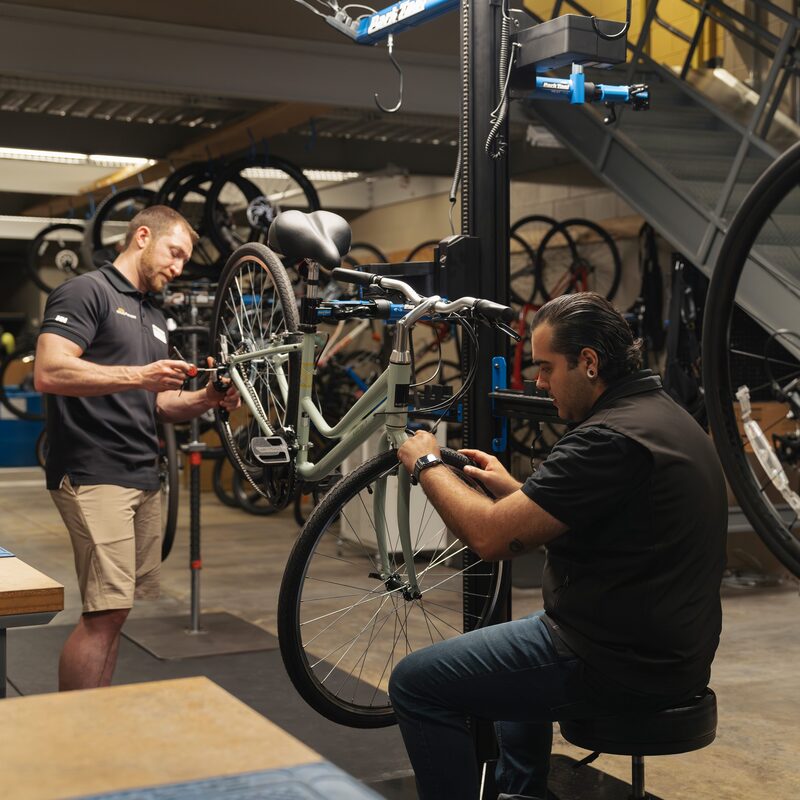Regular bicycle tune-ups are crucial for maintaining the performance, safety, and longevity of your bike. Whether you are an avid cyclist or a casual rider, keeping your bicycle well-tuned ensures a smooth and efficient ride. Therefore, understanding the steps and importance of a bicycle tune-up can make a significant difference in your cycling experience. This comprehensive guide will walk you through the essential components of a tune-up, the tools required, and the benefits of maintaining your bicycle. By following these guidelines, you can keep your bike in top condition and enjoy a worry-free ride.
Preparing for a Bicycle Tune-Up
Before diving into the tune-up process, adequate preparation is necessary. Therefore, gathering the necessary tools and cleaning your bike sets the stage for an effective tune-up.
Gathering Tools and Supplies
The first step in preparing for a bicycle tune-up is gathering the appropriate tools and supplies. Essential tools include a set of Allen wrenches, screwdrivers, tire levers, a chain breaker, and a bike stand. Additionally, you’ll need lubricants, degreasers, and cleaning brushes. Having these tools and supplies readily available ensures a smooth and efficient tune-up process. Therefore, investing in quality tools and supplies is crucial for a successful bicycle tune-up.
Cleaning Your Bicycle
Before performing any maintenance tasks, thoroughly clean your bike. Dirt, grime, and debris can hinder the performance of moving parts and make inspections difficult. Use a mild soap, water, and appropriate brushes to remove dirt from the frame, wheels, and drivetrain. A clean bike not only looks better but also makes it easier to identify any wear or damage. Therefore, starting with a clean bicycle is essential for an effective tune-up.

Inspecting and Adjusting Components
A comprehensive bicycle tune-up involves inspecting and adjusting various components to ensure optimal performance. Therefore, understanding each component’s role and maintenance needs is crucial.
Drivetrain Maintenance
The drivetrain is a critical component of your bicycle, responsible for transferring power from your pedals to the wheels. Start by inspecting the chain, chainrings, cassette, and derailleurs for wear and damage. Clean these components using a degreaser and brushes, removing any built-up grime. Check the chain’s tension and lubricate it with a high-quality bicycle chain lubricant. Adjust the derailleurs to ensure smooth shifting and proper alignment with the chainrings and cassette. Therefore, maintaining the drivetrain is essential for efficient power transfer and smooth shifting.
Brake Inspection and Adjustment
Properly functioning brakes are vital for your safety and control. Begin by inspecting the brake pads for wear and replace them if necessary. Ensure the brake calipers are correctly aligned with the rims or disc rotors. Check the brake cables for fraying or rust and replace them if needed. Adjust the brake levers to ensure they provide consistent and responsive braking. Test the brakes to confirm they are working effectively and make any necessary adjustments. Therefore, properly inspecting and adjusting your brakes is critical for safe riding.
Wheels and Tires
Maintaining your wheels and tires is essential for a smooth and safe ride. Therefore, understanding their role and maintenance requirements is important.
Wheel Truing
A true wheel ensures a smooth ride and consistent contact with the road. Begin by placing your bike in a stand and spinning the wheels. Observe any side-to-side wobble or up-and-down hops. Use a spoke wrench to adjust the spoke tension, gradually eliminating any deviations. Take your time and make small adjustments to avoid over-tensioning the spokes. A true wheel improves handling and reduces the risk of tire wear and flats. Therefore, wheel truing is an essential aspect of a comprehensive bicycle tune-up.
Tire Inspection and Pressure
Inspecting your tires regularly can prevent flats and improve ride quality. Check for cuts, punctures, or excessive wear on the tire tread and sidewalls. Replace tires that show significant damage or wear. Ensure your tires are inflated to the recommended pressure, usually indicated on the tire sidewall. Proper tire pressure reduces rolling resistance, increases comfort, and improves handling. Therefore, regular tire inspection and maintaining correct tire pressure are crucial for a smooth and safe ride.

Frame and Suspension
The frame and suspension of your bicycle play a significant role in ride quality and durability. Therefore, inspecting and maintaining these components is vital.
Frame Inspection
Inspecting the frame for cracks, dents, or other damage is crucial for your safety. Clean the frame thoroughly to remove dirt and inspect it under good lighting. Pay close attention to welds, joints, and high-stress areas. If you discover any damage, consult a professional bike mechanic for further assessment and potential repairs. Therefore, regular frame inspections help ensure your bike’s structural integrity and longevity.
Suspension Maintenance
Properly maintained suspension improves comfort and control on rough terrain. Start by cleaning the suspension components thoroughly. Inspect the suspension forks and rear shock for any signs of leaks, wear, or damage. Lubricate the suspension seals and adjust the settings according to the manufacturer’s recommendations. If you are unsure about servicing your suspension, consider taking your bike to a professional mechanic. Therefore, maintaining your suspension is essential for a smooth and controlled ride.
Benefits of a Bicycle Tune-Up
Regular tune-ups offer numerous benefits that enhance your cycling experience. Therefore, understanding these benefits emphasizes the importance of maintaining your bicycle.
Improved Performance
One of the primary benefits of a bicycle tune-up is improved performance. Well-maintained components such as the drivetrain, brakes, and wheels ensure smooth and efficient operation. Regular tune-ups help identify and address issues before they become significant problems, maintaining your bike’s optimal performance. Therefore, improved performance is a key advantage of regular bicycle tune-ups.
Enhanced Safety
Another crucial benefit of regular tune-ups is enhanced safety. Inspecting and adjusting critical components like brakes and tires reduce the risk of accidents and mechanical failures. Regular maintenance ensures that your bike operates reliably, allowing you to ride with confidence. Therefore, enhanced safety is a fundamental benefit of regular bicycle tune-ups.

When to Get Professional Help
While many tune-up tasks can be performed at home, there are times when professional help is necessary. Therefore, knowing when to seek expert assistance is crucial for maintaining your bicycle.
Complex Repairs
Some repairs and maintenance tasks require specialized tools and expertise that may be beyond the capabilities of the average cyclist. Repairs involving the frame, suspension, or hydraulic brakes are examples of tasks best left to professional mechanics. Attempting complex repairs without the necessary skills or tools can cause further damage. Therefore, seeking professional help for complex repairs ensures that your bike is maintained correctly.
Regular Professional Maintenance
In addition to home tune-ups, consider having your bike professionally serviced at regular intervals. Professional mechanics can perform thorough inspections, identify potential issues, and provide specialized maintenance services. Regular professional tune-ups complement your home maintenance efforts, ensuring that your bike remains in top condition. Therefore, regular professional maintenance is an essential aspect of comprehensive bicycle care.
Conclusion
A comprehensive bicycle tune-up is essential for maintaining the performance, safety, and longevity of your bike. Preparing adequately by gathering the necessary tools and cleaning your bike sets the stage for an effective tune-up. Inspecting and adjusting components such as the drivetrain, brakes, wheels, and tires ensures smooth and reliable operation. Regularly inspecting the frame and maintaining the suspension enhances ride quality and durability. The benefits of regular tune-ups, including improved performance and enhanced safety, underscore the importance of proper bicycle maintenance. Knowing when to seek professional help for complex repairs and regular inspections ensures your bike is maintained correctly. Therefore, by following this comprehensive guide, you can keep your bicycle in top condition and enjoy a worry-free ride, whether you are an avid cyclist or a casual rider.


